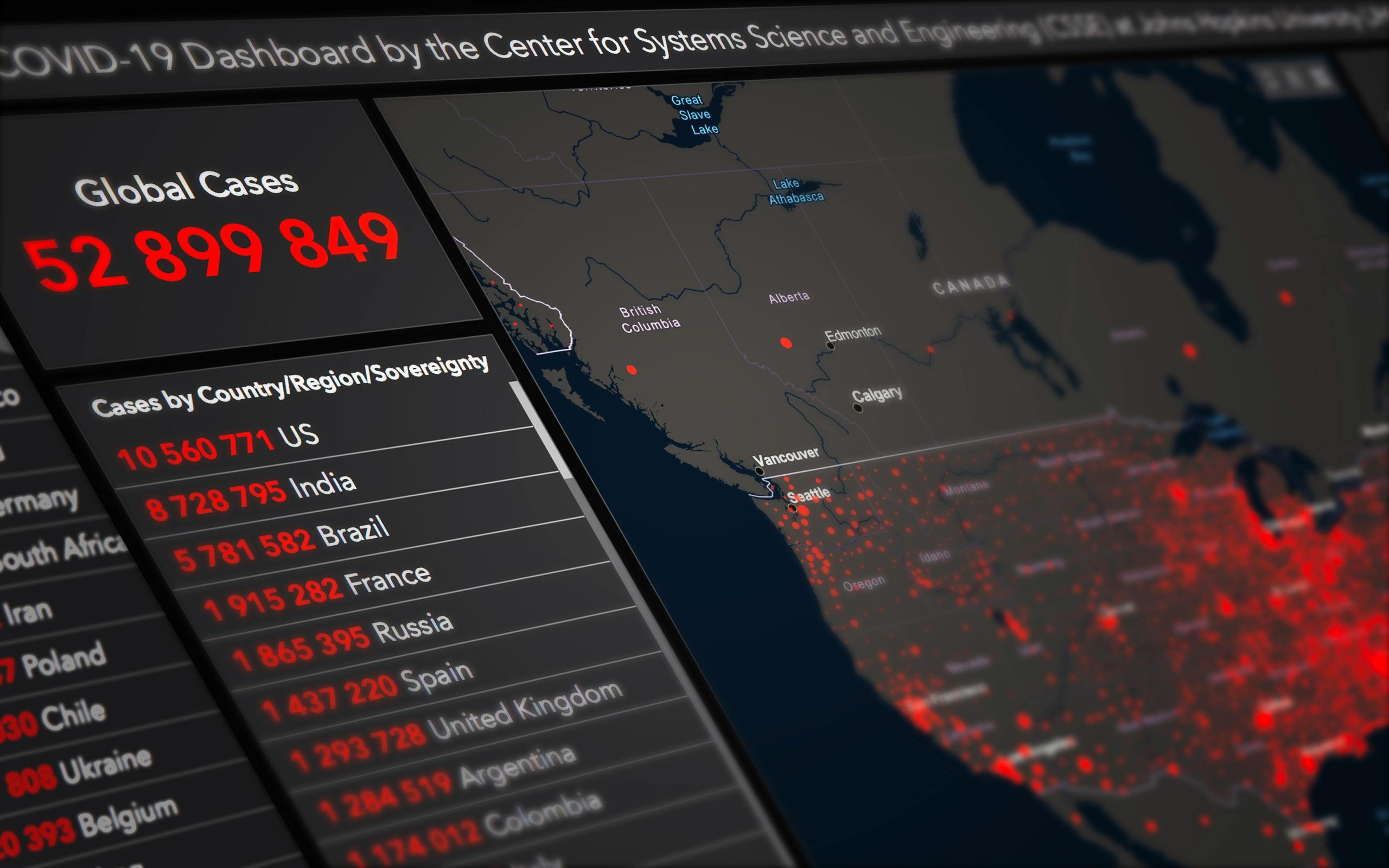In today’s hyper-connected world, digital technology is an inescapable part of daily life. From social media and emails to endless notifications, our screens demand constant attention—often at the expense of our mental well-being. While technology offers incredible benefits, it can also contribute to stress, anxiety, and burnout if not managed mindfully. Protecting your mental health in a digital world requires intentional habits and boundaries. Here’s how you can stay balanced and prioritize your well-being while navigating the digital landscape.
1. Set Healthy Digital Boundaries
One of the most effective ways to protect your mental health is by establishing clear boundaries with technology. Without limits, it’s easy to fall into the trap of endless scrolling, compulsive checking, and digital overload.
Limit Screen Time
Excessive screen time has been linked to increased stress, poor sleep, and even depression. To combat this:
- Use built-in screen time trackers on your devices to monitor usage.
- Set daily limits for social media and other time-consuming apps.
- Schedule tech-free breaks throughout the day to recharge.
Create No-Tech Zones
Designate certain areas of your home—like the bedroom or dining table—as no-tech zones. This helps foster better sleep hygiene and encourages meaningful offline interactions with loved ones.
2. Cultivate Mindful Social Media Habits
Social media can be a double-edged sword. While it keeps us connected, it can also fuel comparison, anxiety, and information overload.
Curate Your Feed
Take control of what you see online by:
- Unfollowing accounts that trigger negative emotions.
- Following positive, uplifting content that aligns with your values.
- Muting or limiting exposure to toxic discussions or news cycles.
Practice Intentional Engagement
Instead of mindlessly scrolling, engage with social media purposefully:
- Set a timer for social media use to avoid endless browsing.
- Focus on meaningful interactions rather than passive consumption.
- Log out after use to reduce impulsive checking.
3. Prioritize Digital Detoxes and Offline Activities
Regular breaks from technology are essential for mental clarity and emotional well-being. A digital detox—whether for an hour, a day, or longer—can help reset your mind.
Schedule Regular Tech Breaks
Incorporate short digital detoxes into your routine:
- Take a walk without your phone to reconnect with nature.
- Try a weekend screen-free challenge to rediscover offline hobbies.
- Use airplane mode during meals or before bed.
Engage in Offline Hobbies
Replacing screen time with fulfilling activities can boost happiness and reduce stress. Consider:
- Reading physical books instead of e-books or articles.
- Practicing mindfulness or meditation to center yourself.
- Exploring creative outlets like painting, writing, or cooking.
4. Protect Your Sleep from Digital Disruptions
Poor sleep quality is one of the most significant consequences of excessive screen use. The blue light emitted by devices can interfere with melatonin production, making it harder to fall asleep.
Establish a Nighttime Routine
To improve sleep hygiene:
- Avoid screens at least an hour before bed to wind down.
- Use night mode or blue light filters on devices in the evening.
- Keep phones out of the bedroom to resist late-night scrolling.
Create a Relaxing Pre-Sleep Ritual
Replace screen time with calming activities like:
- Journaling to reflect on the day.
- Listening to soothing music or a podcast (without screens).
- Practicing gentle stretching or deep breathing to relax.
5. Foster Real-Life Connections
While digital communication is convenient, it can’t replace the emotional benefits of face-to-face interactions. Prioritizing real-life relationships is crucial for mental health.
Make Time for In-Person Interactions
Strengthen your social well-being by:
- Scheduling regular meetups with friends and family.
- Joining local clubs or groups to build community.
- Limiting virtual conversations when possible.
Be Present in Conversations
When spending time with others:
- Put your phone away to give them your full attention.
- Practice active listening instead of multitasking.
- Engage in meaningful discussions beyond surface-level topics.
Living in a digital world doesn’t mean sacrificing your mental health. By setting boundaries, practicing mindful tech use, and prioritizing offline connections, you can create a healthier relationship with technology. Small, consistent changes—like reducing screen time, curating your social media feed, and protecting your sleep—can make a significant difference in your overall well-being. Remember, technology should serve you, not control you. Take charge of your digital habits today and safeguard your mental health for a more balanced, fulfilling life.

Leave a Reply